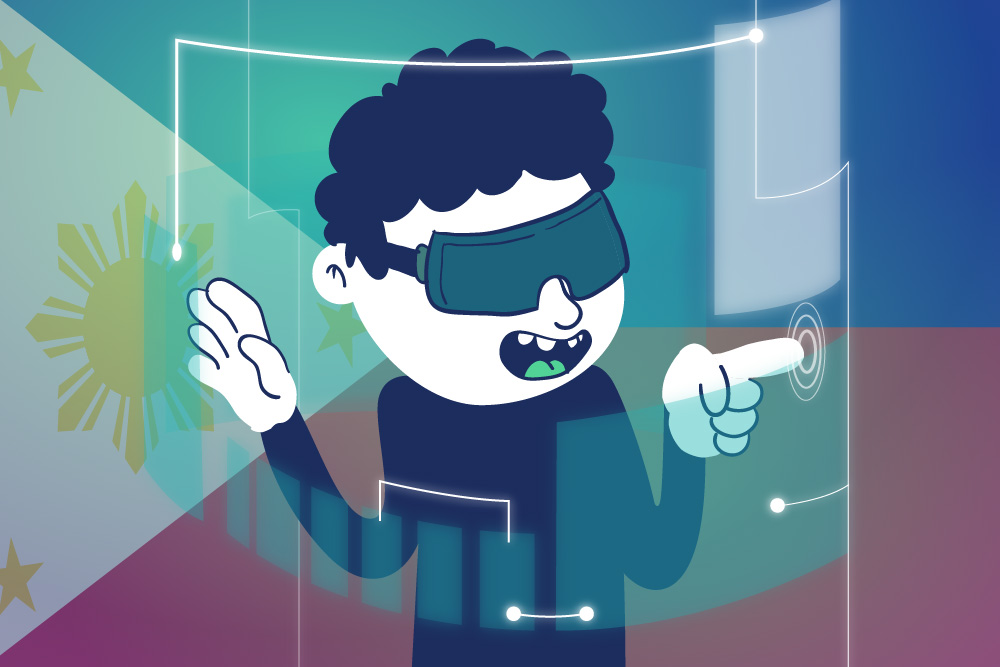
Can VR Usher In The New Age Of Business?
When people discuss virtual reality (VR), we usually see it as just another avenue explored by the video game industry. In its current incarnation and revival came streamlined and more high-tech advancements – from the now mainstream Oculus Rift to the upcoming VR trend, which is the cheaper Google Cardboard. These new products will surely make VR a landscape for marketers to explore.
OIn this article, we’re not gonna tackle video games; we are going to look out for the things we can do in other fields.
How This Trend Started
The VR revival began once Facebook CEO Mark Zuckerberg made the decision to buy Oculus VR back in 2014 for $2 billion. Moving forward to 2017 and based on research by , the technology has evolved to 360-degree video with interactive and immersive content formats that aim to generate billions of dollars by 2022.
The VR Age Begins
Nowadays, social media and online producers, content managers, and digital managers have started exploring different media and learning new tools that involve AR and VR. Currently, 360-degree content has been used in marketing sports, entertainment, and products online.
These new tools exist to perform fully spatial or show light mapped places, as well as to showcase holograms of models of actors.
By merging these techniques with artist-created layers and interactive content, such as speech and visuals, VR opens the door in which previous gaming technologies can now be utilized to create entertainment that will reach larger audiences.
In the beginning, the content was only accessed via location-based VR installations. But, by 2018, these will be available to a bigger audience as more VR headsets are sold.
Challenges
However, 360-degree video is currently facing quite a number of filming and distribution challenges. From the perspective of a camera operator and a video editor, stitching footage is one huge challenge and algorithms are quite difficult to assess based on live or filed workflows.
The first batch of camera rigs built from multiple cameras is beginning to be obsolete due to the rising popularity of integrated cameras, which can better capture things for a 360-degree format.
Also, showing the full panorama to the user will need about 4-5 times the amount of the displayed resolution, which depends on how advanced the headsets are.
Sometimes, things will depend on head movement, and at times images are shown pixelated.
Because of this, 360-degree video has become sort of a challenge for content creators. This relatively new technology lets them tell stories in a more powerful and engaging way. But, it needs new expertise and tools.
Aside from the challenges we’ve mentioned above, business models for this type of technology are still being developed. And, it quickly becomes challenging to give a go signal for a project if ROI seems to be short-term.
Only time will tell how far VR technology will go and if it will develop to a point that we’ll be able to use it as one of the powerful tools in our digital marketing toolbox.
Recent Posts
- How Does GPON Improve Network Efficiency?
- What Are The Advantages Of GPON?
- What Are The Benefits Of IT Outsourcing?
- What's The Deal With Ransomware Attacks?
- Are GPON Providers Widely Available?
- What's GPON's Impact On Bandwidth?
- Why Is Multi-Factor Authentication Important?
- How To Ensure Data Privacy Compliance?
 Blogs
Blogs Infographics
Infographics Videos
Videos Podcasts
Podcasts Case Studies
Case Studies Call For Quote
Call For Quote